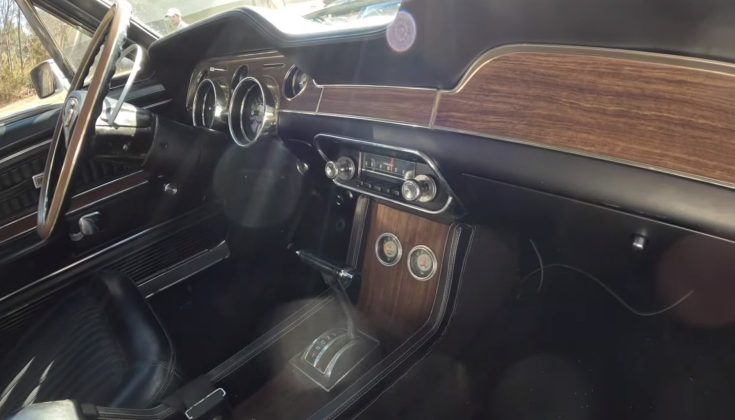Introduced in 1964, the Ford Mustang quickly evolved into the high-performance realm. By 1965, Shelby was already pushing boundaries with the track-focused GT350. However, it was in 1967 that Carroll Shelby took a significant step forward, unveiling the more potent Shelby GT500.

GT500 vs. GT350
Unlike its racing-focused counterpart, the GT500 wasn’t targeted at racing enthusiasts. Instead, it boasted a more powerful FE-series 428-cubic-inch (7.0-liter) V8 engine, generating 355 horsepower in 1967, nearly 50 more than the GT350. In 1968, Shelby introduced the GT500KR, equipped with the formidable 428 Cobra Jet, rumored to exceed its official 335 horsepower rating.

The GT500 had a three-year run until its discontinuation in 1969, though remaining unsold units were marketed as 1970 models. Shelby produced a total of 5,464 GT500s and 1,452 KR versions, with the breakdown being 2,050 units in 1967, 1,542 in 1968, and 1,872 in 1969.
GT500 Legacy and Rarity
Regarded as one of the most iconic first-generation Mustangs, the GT500 has become a highly sought-after classic. Due to its relative rarity, restored GT500s command high prices at public auctions.

The featured 1968 GT500, one of only 1,140 fastbacks produced that year, stands out as a barn find. Despite being off the road since 1984, making it over 40 years by 2024, this GT500 remains a remarkable unrestored original.
The Acapulco Blue paint still shines after more than 50 years, showcasing the car’s exceptional condition. The interior is nearly pristine, hinting at possible restoration, while the engine bay retains its original patina, with the 428 V8 engine running smoothly after all these years.


This particular GT500, being an early 1968 version, is distinguishable by its Marchal lights in the upper front grille, later replaced with Lucas units.
# FAQs: Decoding the GT500
**Q: How can you differentiate an early 1968 GT500 from later versions?**
A: Early 1968 models feature Marchal lights in the upper front grille, later replaced with Lucas units.
**Q: What is the production breakdown of GT500 units from 1967 to 1969?**
A: Shelby produced 2,050 units in 1967, 1,542 in 1968, and 1,872 in 1969, totaling 5,464 GT500s.
**Q: What makes the featured 1968 GT500 unique?**
A: This unrestored original boasts a remarkably preserved Acapulco Blue paint, a near-pristine interior, and a running 428 V8 engine with original patina.
**Q: Why is the GT500 considered an iconic first-generation Mustang?**
A: The GT500’s high performance, limited production, and classic design contribute to its status as an iconic first-generation Mustang.



















